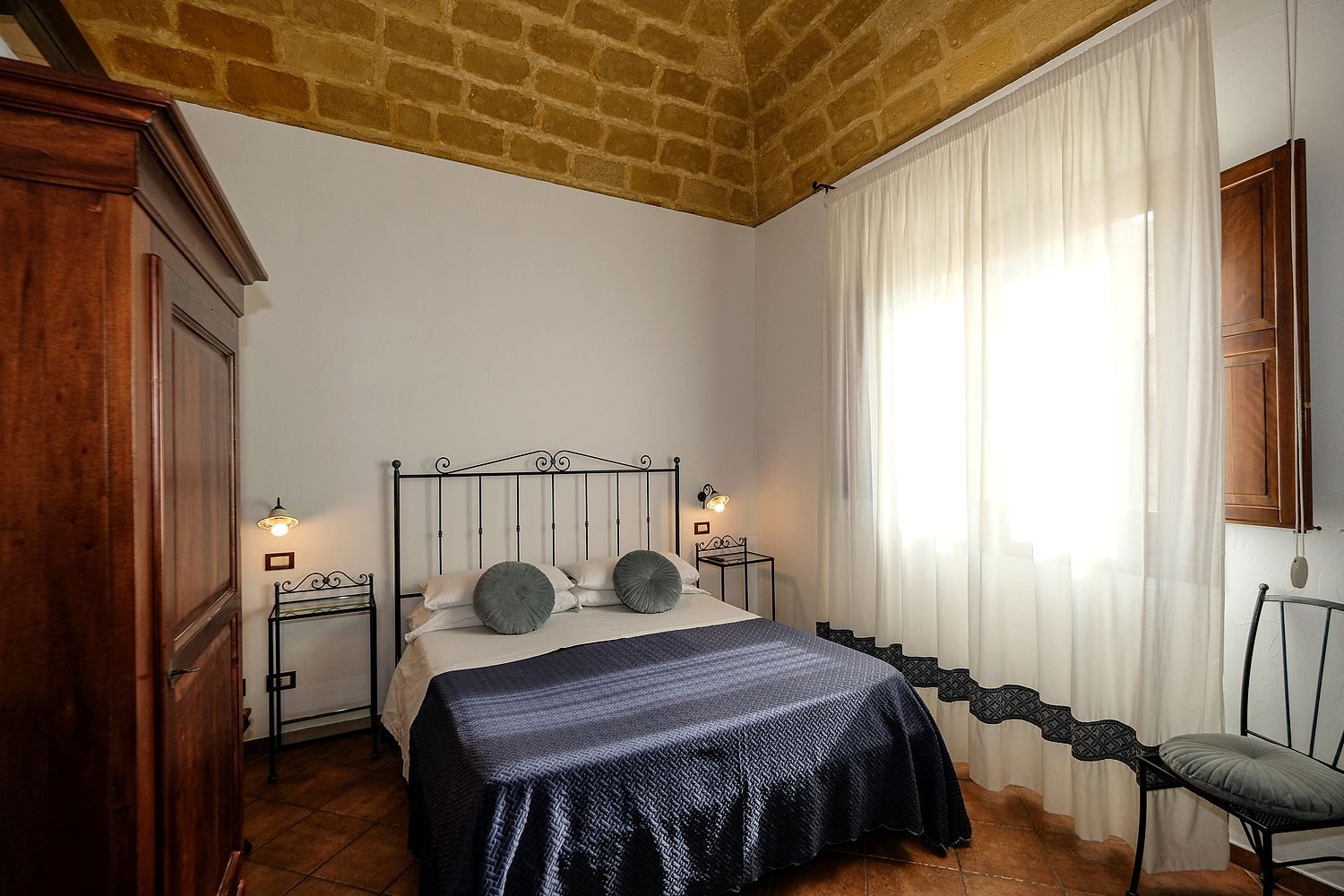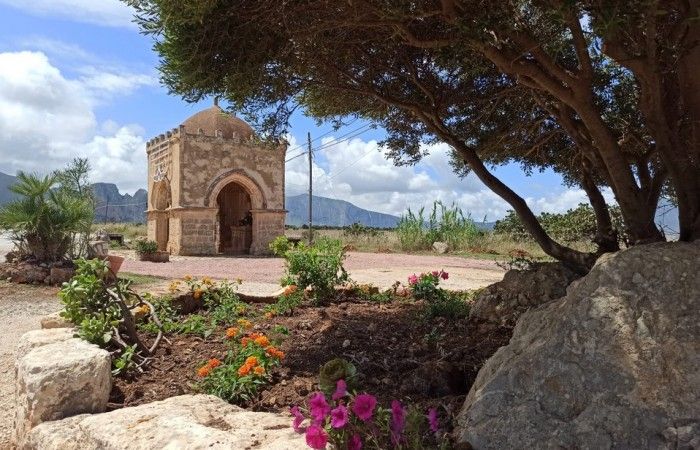A fortress created to protect the Saint
The Sanctuary of San Vito overlooks the square of the same name in the historic center, the undisputed symbol of San Vito Lo Capo. Legend has it that around the first chapel dedicated to the holy martyr, the fortress-church was built in the following centuries to protect it from attacks by Barbary pirates; a place that would also safely host all the pilgrims who came from far away.
The small village of San Vito slowly grew around the fortress and many inhabitants began to host, for a fee, the numerous travellers.
After several building interventions, the fortress that surrounded the church assumed its current dimensions: 104 meters in base, 16 in height, walls with a thickness from a maximum of two and a half meters to a minimum of twenty centimeters.
The Sanctuary is rich in architectural elements that are very different from each other; elements of civil, military and religious construction merge in fact in a single construction of rare harmony. We can see loopholes, balconies, votive niches and of course the rose window of the facade and the tower of sighting.
Entering the Sanctuary, the beauty of the ancient altar is immediately evident, certainly the most important architectural element of the church. Here you can admire the splendid marble statue depicting the young Saint, dating back to the end of the 1500s and attributed to the famous sculptor Gagini. The altar was restored around 1780 with marble from the area.
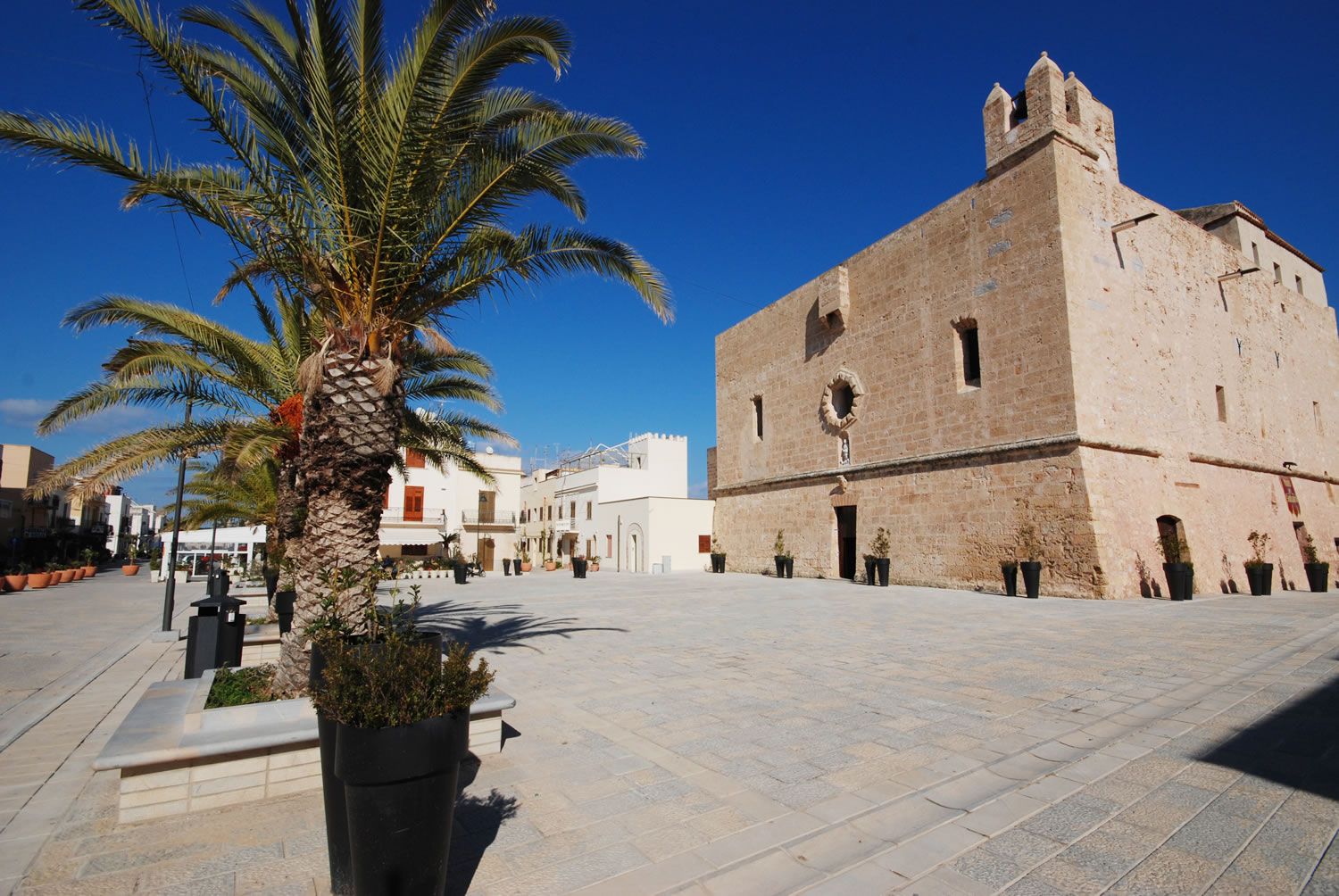
Inside the church there is also a small underground room where two wells used for worship were once located.
The exterior of the Sanctuary was restored in early 1998.
The Tower, however, is more recent, having been built around 1,600, i.e. immediately after the other watchtowers found along the coast, built to a design by the Florentine architect Camilliani, commissioned by the viceroy Colonna to plan the coastal defenses of the island against the corsairs.
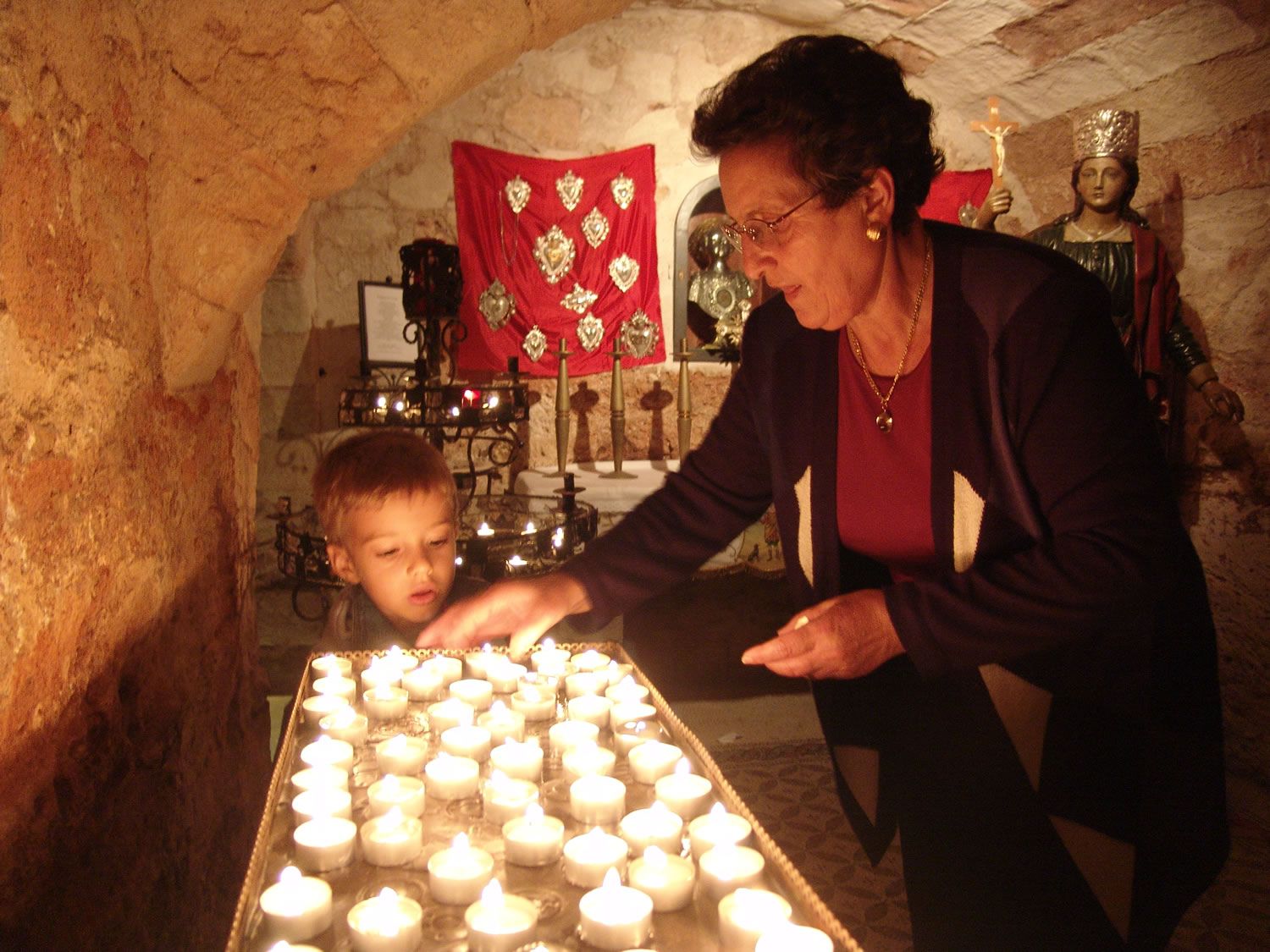
The museum
The museum of the Sanctuary of San Vito Lo Capo reopens from 2 June. It will be possible to guarantee opening from 6.00 pm to 8.00 pm and from 9.00 pm to 11.30 pm.
The Museum of the Sanctuary of San Vito Lo Capo, housed in the rooms surrounding the church and intended in ancient times for the garrison and the reception of noble pilgrims, includes a notable collection of precious sacred silver and historical wallpapers. The architecture of the building, with its sedimentations, shows the evolution of the Sanctuary over the centuries and presents itself as a very interesting mix of elements of military construction (the spear tower, the loopholes, the gatekeeper, etc...), religious (the votive niches, the rose window, the bell tower, etc...) and civil (the noble staircase, the sundial, the balconies, etc...).
The first room is dedicated to silver, mostly of Sicilian manufacture, which belongs to different eras: the oldest are dated to the end of the 1500s, the most recent to the 21st century.
The room also houses the most important work, the wooden statue of the Immaculate Conception from the 15th century, and a stucco Ecce Homo, created by Orazio Ferraro in the 16th century, a work of delicate workmanship, once placed on the main altar of the Sanctuary.
The next room is the wallpaper room, of which the most important is the now famous seventeenth-century chasuble in green velvet. The historic wallpapers come from 18th century Palermo factories. Particularly significant is the collection of red wallpapers, made up of cope, chasuble, dalmatic and tunicella. The noble staircase showcases paintings, some of which are contemporary art. From the staircase you finally reach the terraces from which you can enjoy a superb panorama.
Info point
tel 0923 972327
santuariosanvitolocapo@gmail.com


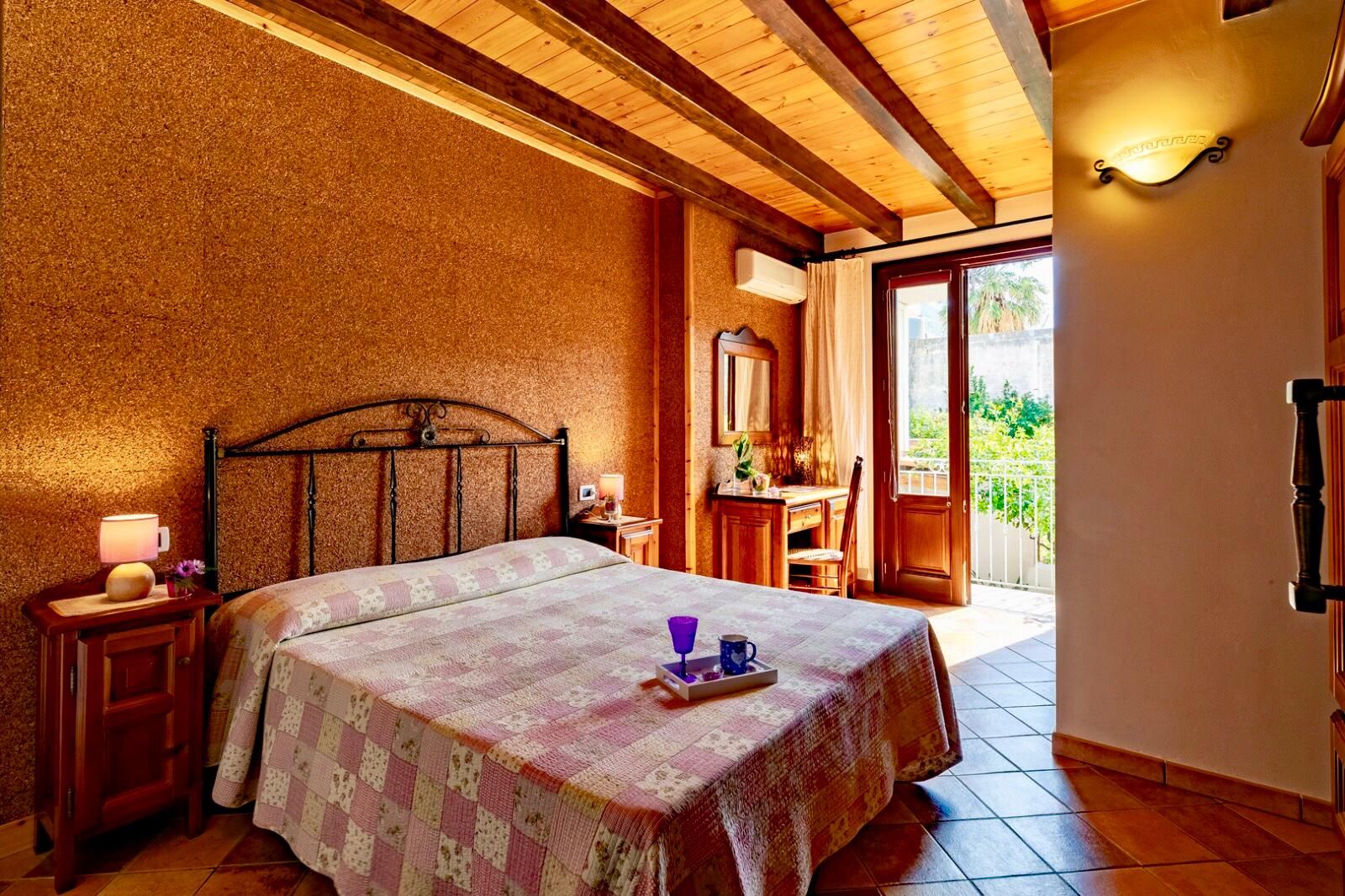

_7327.jpg)


